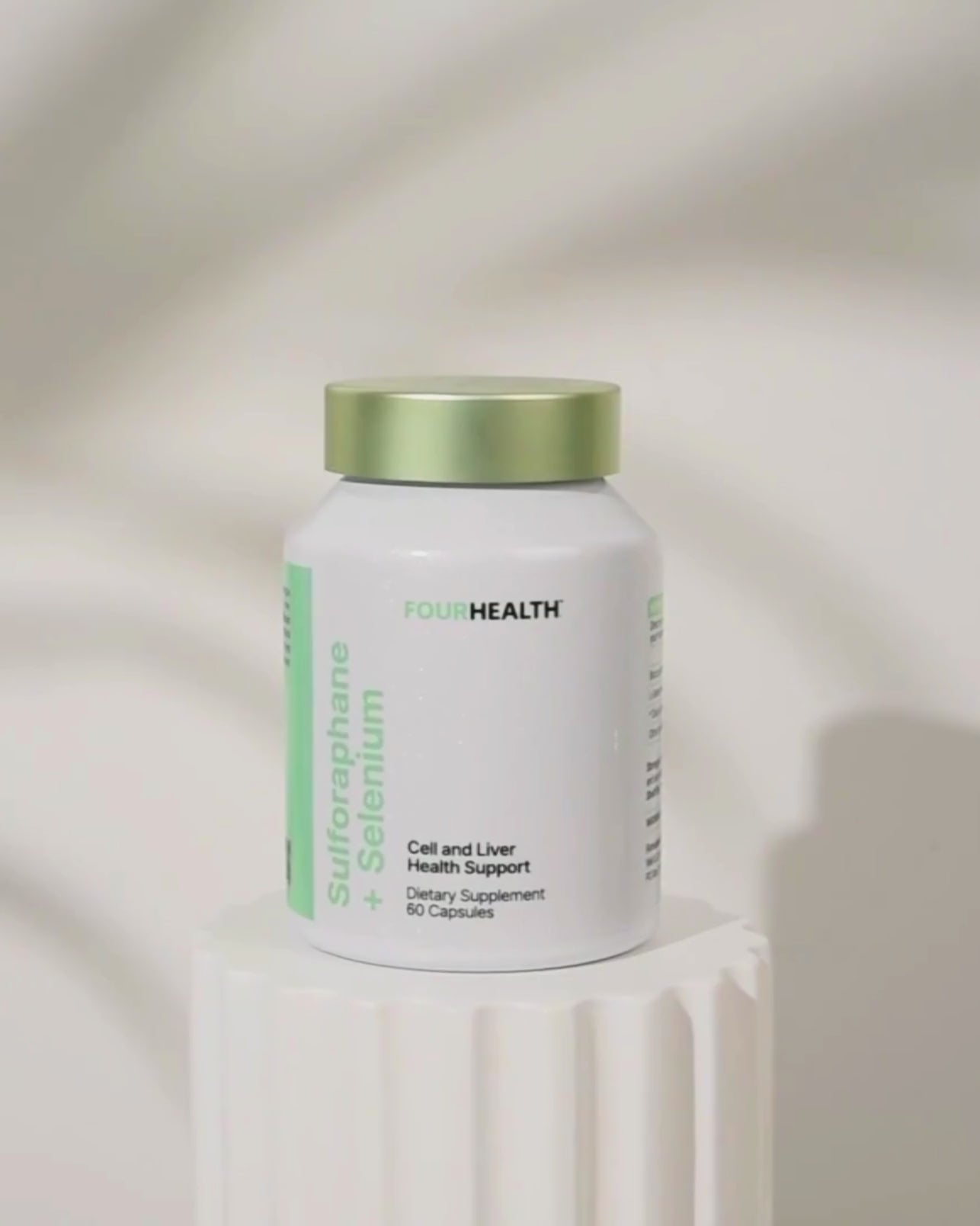What is Bioavailability?
Bioavailability refers to the proportion of a substance that actually reaches the intended biological destination within the body. In the case of Sulforaphane, it shows the percentage of this compound that makes its way to targeted organs and kickstarts antioxidant production.
Sulforaphane: A Mighty Bioavailable
Compound Sulforaphane's bioavailability is nothing short of extraordinary. Research indicates that over 80% of ingested Sulforaphane reaches the targeted organs in the body. This means that when you consume Sulforaphane-rich foods or supplements, a significant portion of this compound effectively makes its way to the areas where it can exert its beneficial effects.
One of the most impressive aspects of Sulforaphane's bioavailability is its speed of action in specific organs. Studies have shown that when targeting the lungs, Sulforaphane reduces oxidative stress within a mere 5 minutes after ingestion. This rapid response makes it a valuable asset for respiratory health. Similarly, Sulforaphane can reach brain tissues within just 15 minutes after consumption.
The Skinny Molecule
The secret behind Sulforaphane's impressive bioavailability lies in its molecular structure. Often referred to as a "skinny molecule," Sulforaphane is characterised by its compact size. This molecular "skinniness" enables it to swiftly traverse the body and reach distant organs with remarkable efficiency.
Crossing Cellular Barriers
Sulforaphane's diminutive size also grants it the ability to penetrate cell walls effortlessly. Once inside the cell, it seeks out and pairs up with the cell's antioxidant response element. This critical part of the cell is responsible for stimulating the production of antioxidants, which are vital in neutralising harmful free radicals and protecting the cell from oxidative damage.
In Summary
Sulforaphane's exceptional bioavailability is a testament to the wonders of nature and the health-promoting potential of plant-based compounds. Incorporating Sulforaphane-rich foods into your diet, such as broccoli, cauliflower, and cabbage, may provide a natural and effective way to harness the benefits of this remarkable compound.
For those seeking a quick and easy way to enjoy the advantages of Sulforaphane, consider a supplement. Supplements containing Sulforaphane (like FourHealth Green+) ensure a consistent supply of Sulforaphane, which might be especially beneficial for individuals with specific health goals or those who have difficulty consuming sufficient amounts of Sulforaphane-rich foods. This supplemental approach can complement a balanced diet and lifestyle, contributing to a well-rounded strategy for promoting overall well-being.
As scientific research continues to uncover the full extent of Sulforaphane's potential, the future looks promising for this extraordinary bioavailable molecule. So, embrace the power of Sulforaphane and embark on a journey towards a healthier, antioxidant-rich lifestyle!






